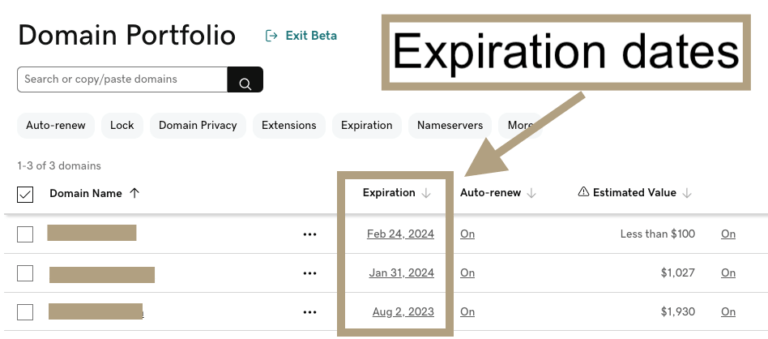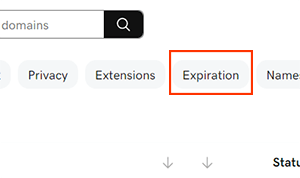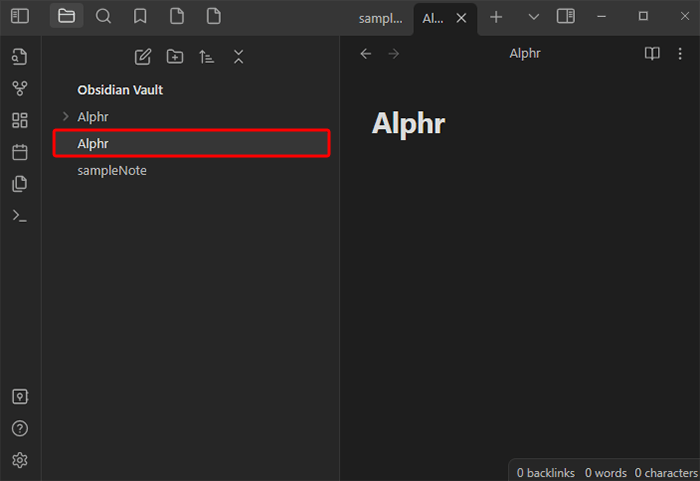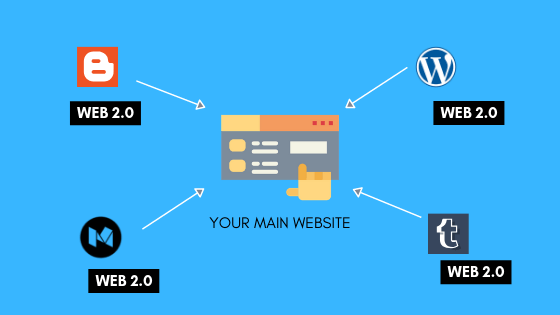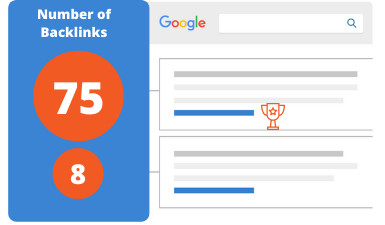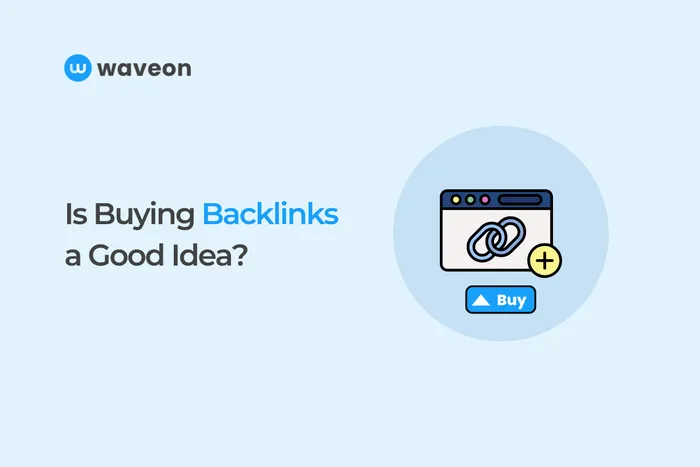Check the Spam Score of an Email. If you’re an email marketer, you know how important it is to ensure your emails land in your subscribers’ inboxes. But with spam filters becoming more sophisticated, it’s becoming increasingly difficult to avoid the dreaded spam folder. That’s where checking your email’s spam score comes in. By assessing your email’s likelihood of being flagged as spam, you can make changes to improve its deliverability.
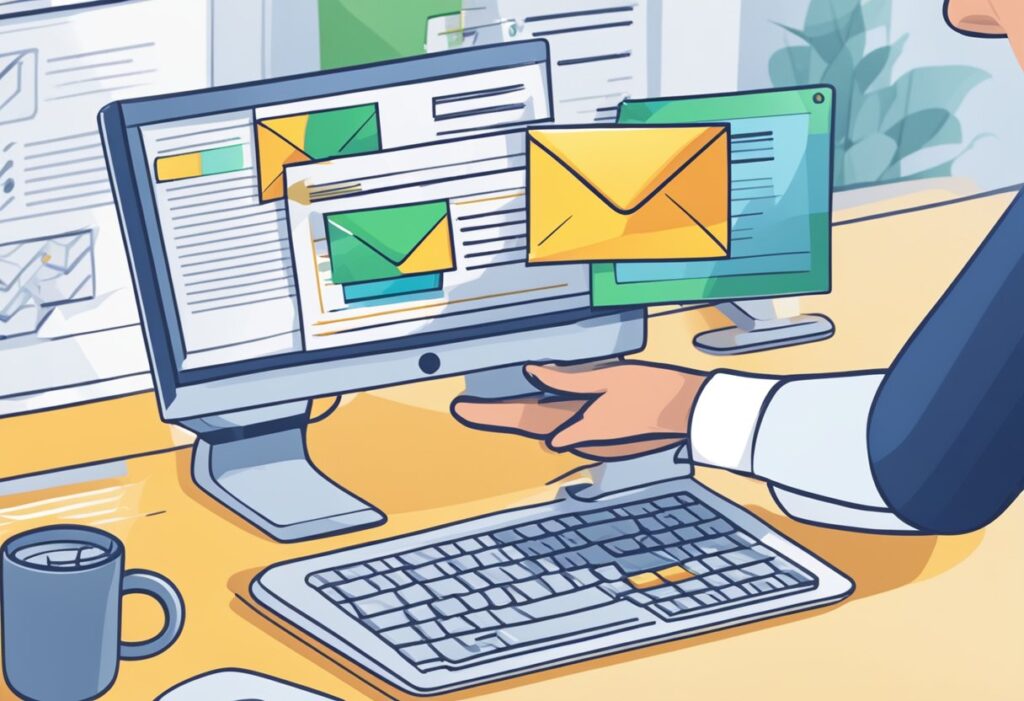
There are several tools available that can help you check your email’s spam score. Many of these tools use algorithms that analyze your email’s content and structure to determine its likelihood of being marked as spam. Some even provide actionable feedback on how to improve your email’s score and avoid the spam folder. By using these tools, you can ensure that your emails are reaching your subscribers’ inboxes, increasing the chances of engagement and conversions.
Understanding Spam Scores
As someone who sends emails, it is important to understand the concept of spam scores. A spam score is a measure of how likely your email is to be considered as spam by email filters. In this section, I will explain the definition of spam score and its importance in email marketing.
Definition of Spam Score
A spam score is a number that is assigned to an email by email filters. The score is determined by a variety of factors, including the content of the email, the sender’s reputation, and the email’s formatting. The higher the spam score, the more likely it is that the email will be marked as spam and sent to the recipient’s spam folder.
Email filters use complex algorithms to determine the spam score of an email. These algorithms take into account a wide range of factors, including the use of certain words or phrases, the presence of links or attachments, and the formatting of the email.
Importance of Spam Score
The importance of spam score cannot be overstated. A high spam score can have severe consequences for your email campaigns. If your emails are consistently marked as spam, your sender reputation will suffer, and your emails may be blocked by email filters altogether.
On the other hand, a low spam score can help ensure that your emails are delivered to your recipients’ inboxes. This can increase the effectiveness of your email campaigns and help you achieve your marketing goals.
To ensure that your emails have a low spam score, it is important to follow best practices for email marketing. This includes avoiding the use of spam trigger words and phrases, keeping your email formatting simple and easy to read, and ensuring that your sender reputation is strong.
In summary, understanding spam scores is crucial for anyone who sends emails. By following best practices and keeping your spam score low, you can increase the effectiveness of your email campaigns and avoid the negative consequences of a high spam score.
How to Check Spam Scores
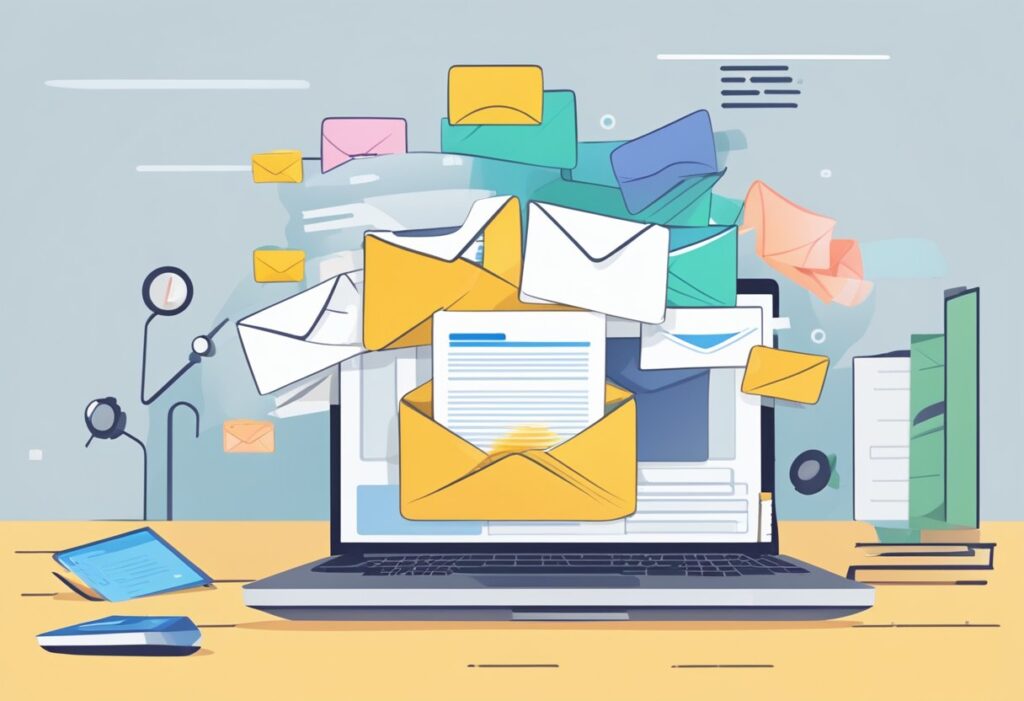
As a sender, it’s important to check the spam score of your email before sending it to ensure that it has a high chance of landing in your recipient’s inbox. There are a few ways to check the spam score of an email.
Using Email Testing Tools
One way to check the spam score of an email is to use email testing tools such as MxToolbox’s Spam Analyzer and IPQS’s Email Spam Checker. These tools analyze your email and provide a spam score based on various criteria such as email content, sender ID, SPF records, DNS settings, IP blacklisting, domain reputation, domain keys, DKIM, and PTR records.
Analyzing Email Content
Another way to check the spam score of an email is to analyze its content. Spam filters often flag emails that contain certain words or phrases that are commonly associated with spam. Some examples include “free,” “guaranteed,” and “click here.” To avoid triggering spam filters, it’s best to avoid using these words and phrases in your email content.
Reviewing Email Headers
Email headers contain information about the sender, recipient, and the email’s path to its destination. Reviewing email headers can help identify any issues that may be causing your email to be flagged as spam. One common issue is an incorrect or missing SPF record. SPF records are used to verify that an email is being sent from an authorized server. If your email fails SPF verification, it may be flagged as spam.
In conclusion, checking the spam score of your email is an important step in ensuring that it reaches your recipient’s inbox. By using email testing tools, analyzing email content, and reviewing email headers, you can increase the chances of your email being delivered successfully.
Best Practices to Reduce Spam Scores
As an email marketer, it’s important to keep your spam score as low as possible to ensure your emails land in your subscribers’ inbox. Here are some best practices to follow to reduce your spam score:
Email Design Tips
The design of your emails can have a big impact on your spam score. Here are some tips to keep in mind:
- Use a clear and concise subject line that accurately reflects the content of your email.
- Avoid using too many images or large images in your email, as this can trigger spam filters.
- Use a responsive design to ensure your email looks good on all devices.
- Include an unsubscribe link in your email to give subscribers an easy way to opt-out.
Content Optimization
The content of your emails is another important factor in your spam score. Here are some tips to optimize your content:
- Avoid using spam trigger words such as “free”, “buy now”, and “limited time offer”.
- Keep your content relevant and personalized to your subscribers.
- Use a clear and easy-to-read font.
- Don’t use excessive punctuation or capitalization in your email.
Engagement Strategies
Engagement is a key factor in your spam score. Here are some tips to improve engagement:
- Segment your email list to send targeted and relevant content to your subscribers.
- Use a clear call-to-action to encourage subscribers to engage with your email.
- Test your emails to see what works best for your audience.
- Monitor your email metrics to track engagement and adjust your strategy accordingly.
By following these best practices, you can reduce your spam score and increase the likelihood that your emails will land in your subscribers’ inbox.

